Urinary blockages are nothing less than dreadful. What's worse than having a cat that vomits, cries in pain, and pees where it's not supposed to? For a loving cat owner, nothing. Nonetheless, this tragic scenario is the unfortunate reality of a cat suffering from urinary blockage.
No responsible pet owner would want to see their cat in this condition, and obviously no cat would want to experience it (in fact, they won't survive this affliction without immediate treatment). Read on to learn more about how cat urinary tract blockages, and what steps you can take at home to keep your cat healthy.
What is Urinary Blockage in Cats?
A urinary blockage occurs when the urethra, the tube that drains urine from the bladder, becomes obstructed by a foreign material. This material plugs the tube and prevents urine from leaving the cat's body. The buildup of urine can cause the cat's bladder to overfill, which will consequently cause the kidneys to swell and the urethral obstruction rupture.
What Causes Urinary Blockage in Cats?
Urinary blockages are primarily caused by materials plugging the cat's urethra. Here are some common items that contribute to cat urinary issues:
Dry Food
A cat that's left to its own devices will hunt birds, lizards, and mice for prey. These prey animals contain lots of water - about 75%, to be exact. Dry food contains about 8% water. Obviously, this is a gross deficiency compared to a cat's natural diet. The dehydrated diet makes the urine more concentrated, and the result is a higher occurrence of mineral stones in the urine. Some pet owners even use CBD oil to help support their cat’s overall well-being, including stress and inflammation.

Feline Idiopathic Cystitis (FIC)
Feline idiopathic cystitis is a general term that refers to inflammation of the bladder or a swollen cat urethra with no known cause. It contributes to various feline urinary tract problems, including urinary blockages. Inflamed bladders excrete more mucus, and a cat that is urinating mucus is at risk for developing lower urinary tract problems and blockages. Blockages, in turn, make the bladder inflammation worse and the issue persists.
Tumors
Urinary tract tumors, which can develop in the bladder, kidneys, ureters, urethra, or prostrate (for male cats), can cause blockages. Tumors directly affecting the cells of the urethra are relatively rare, but they require immediate surgical removal.
Scar Tissue
Although it's one of the least common causes of urinary blockages, scar tissue can play a role in your cat's urinary problems. Also known as urethral strictures, residual scar tissue from past trauma to the urinary tract can thicken the wall of the urethra and prevent urine from passing through.
Cat Urinary Blockage Symptoms
Identifying a urinary blockage in your cat is crucial for prompt treatment, as this condition can quickly become life-threatening. CBD cat treats may also help support overall feline wellness and relaxation. Here are key signs to watch for a urinary tract problem:
- Frequent Trips to the Litter Box
- Vocalizing Pain
- Urinating Outside the Litter Box
- Unusual Posture or Licking
- Changes in Behavior and Appetite
- Swollen Abdomen

Are Urinary Tract Infections More Common in Male Cats?
Male cats are more prone to developing serious complications from urinary tract issues, such as urinary blockages. This increased risk is due to the anatomical structure of the male cat's urethra, which is longer and narrower than that of female cats. Because of this narrow passage, even a small amount of urinary crystals, mucus, or inflammation can easily obstruct the flow of urine, leading to a urinary blockage.
When to Go to the Vet for Cat Urinary Obstruction
If you think your cat has a blockage, you should go to the vet, like, right now. Not to be a downer but, this condition is life-threatening. Your cat will die from it if it doesn't receive medical attention. The buildup of urine will cause the kidneys to rupture, and the electrolyte imbalance that results from decreased urine output can cause the heart to fail.
Why Home Remedies Aren't Effective for Urinary Blockages
Unlike a simple urinary tract infection, which might be managed with dietary changes or increased hydration, a blockage or bladder infection requires immediate professional intervention. Home remedies, such as increasing your cat's water intake, feeding wet food, or administering natural supplements like apple cider vinegar, might be helpful in preventing future blockages or managing urinary health, but they are not sufficient for treating an active obstruction.
How to Prevent Cat Urinary Obstruction
Although there is no guarantee that your cat will never suffer from a urinary blockage, there are steps you can take to help prevent them. Preventing urinary blockages is easy once you discover their cause.

Stress Management
Stress affects your cat's urinary tract more than you may realize! Studies show that stress exacerbates urinary tract problems in cats. Ensuring that your cat chills out and plays with some fun toys can be a game-changer in the long run. If your cat just doesn't seem to know how to play, try coating some of their toys with CBD catnip spray to encourage interaction - you never know how it can help until you try it!
Diet Changes
To decrease the chance of your cat experiencing a blockage, limit the amount of dry food they consume. Dry kibble contains little water and makes your cat's urine concentrated with minerals. These minerals build up in the absence of water and form the struvite crystals that cause urinary blockages. Keeping your cat's diet moist and ensuring they drink enough fluids will remedy this problem.
Increase Hydration
Adequate hydration is essential for maintaining your cat's urinary health and preventing urinary blockages. Cats often prefer running water, so investing in a pet water fountain can entice them to drink more. Additionally, incorporating more wet food into your cat's diet is a great way to boost their overall fluid intake, as canned food contains significantly more moisture than dry kibble.
Manage the Litter Box
To keep your cat from holding their bladder, you should make sure they enjoy using their litter box. Always be sure to have more than one litter box established in your home, and that your cat approves of each box. Keep them clean, and use a litter that your cat likes.
Regular Veterinary Check-ups
Regular visits to the veterinarian are crucial for maintaining your cat's urinary health and catching any potential urinary tract problems early. During these check-ups, your vet may recommend routine urine tests or urine cultures to monitor your cat's urinary tract and detect any abnormalities before they become severe. These tests can reveal the presence of urinary crystals, bacterial infections, or other indicators of urinary tract infections (UTIs), allowing for early intervention and treatment.
Early detection is key to preventing serious complications such as urinary blockages or kidney stones. Additionally, your vet can assess your cat's overall health, including their weight, diet, and hydration levels, and provide guidance on any necessary adjustments to support your cat's urinary health. Consistent monitoring and preventive care are essential for keeping your cat healthy and avoiding the stress and danger of urinary tract disorders.
Final Thoughts - Cat Urinary Blockage Treatment at Home
Urinary blockages are a very serious threat to your cat's well-being, but they don't have to get the best of your pet. Taking proper steps to ensure your cat's urinary health, like cleaning their litter box, balancing their diet, and making sure they chill out will help keep blockages at bay. If the worst scenario occurs and your cat suffers a blockage, your local vet will know what to do.







![Probiotics For Dogs [Soft Chews] - HolistaPet](http://www.holistapet.com/cdn/shop/files/Probiotic-Infographic-1_472d7a29-e30c-435a-9638-1365d8c3a9f9.jpg?v=1725384841&width=104)
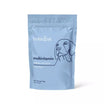












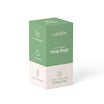

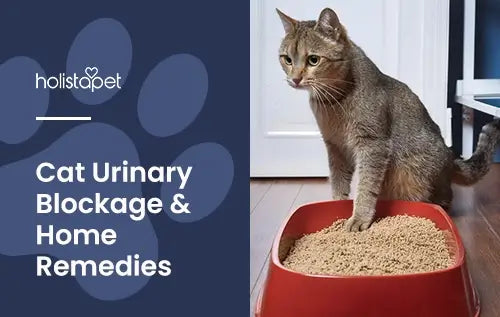

![Signs of Anxiety in Cats + Solutions [Decoding Feline Frustration]](http://www.holistapet.com/cdn/shop/articles/spot_a_frustrated_feline_96adfb4a-1625-4d8e-a0ef-ca49ffe772ba.jpg?v=1742874588&width=500)

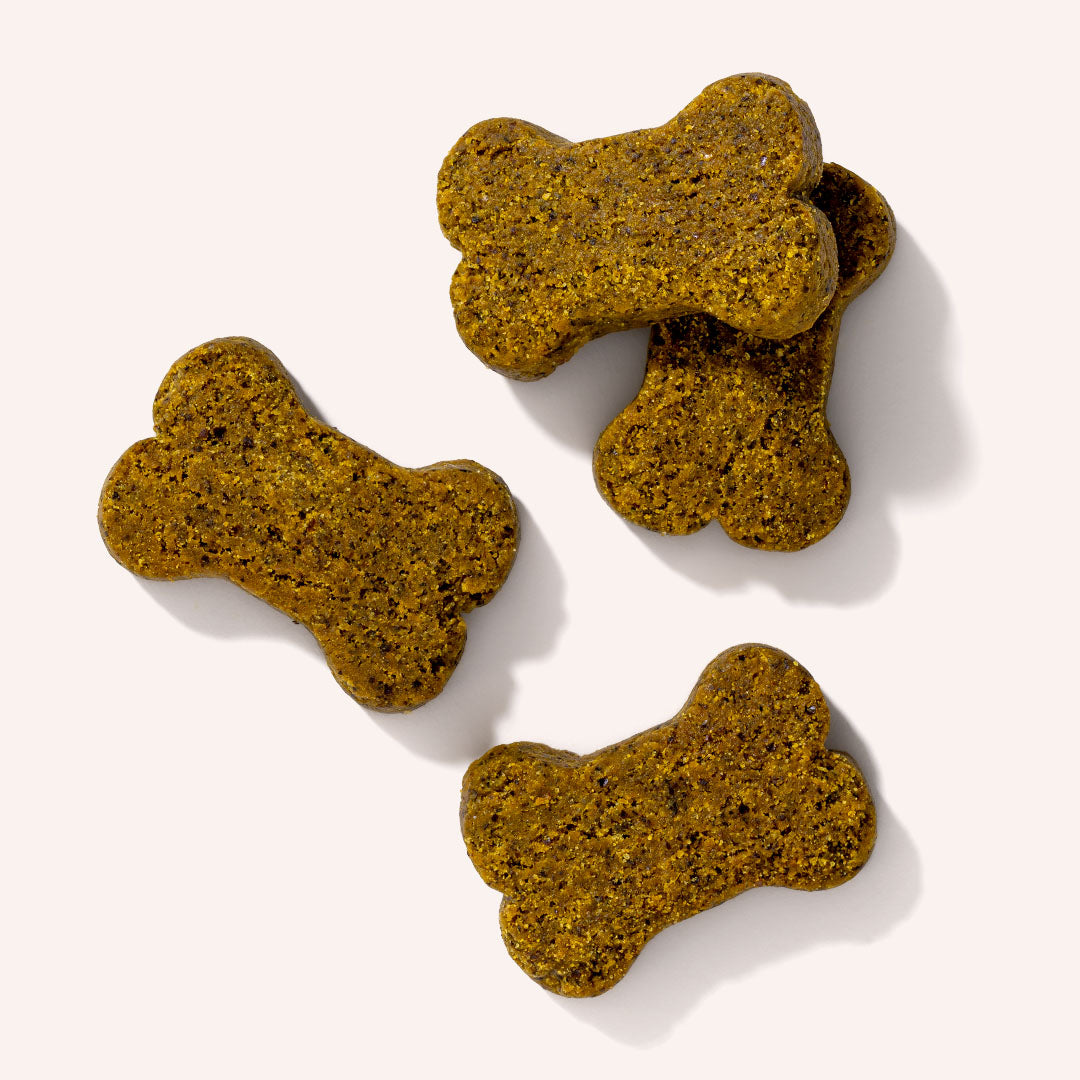

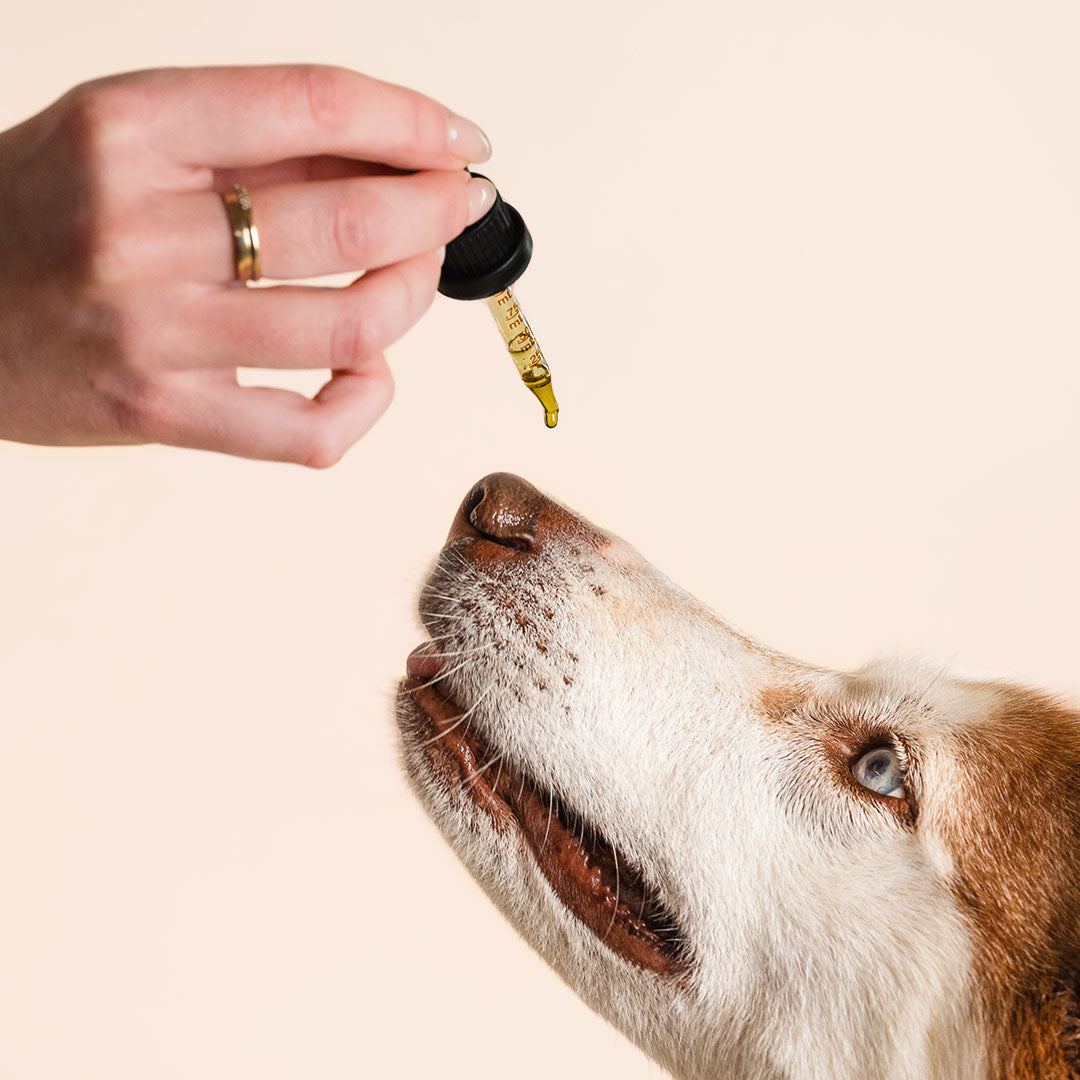



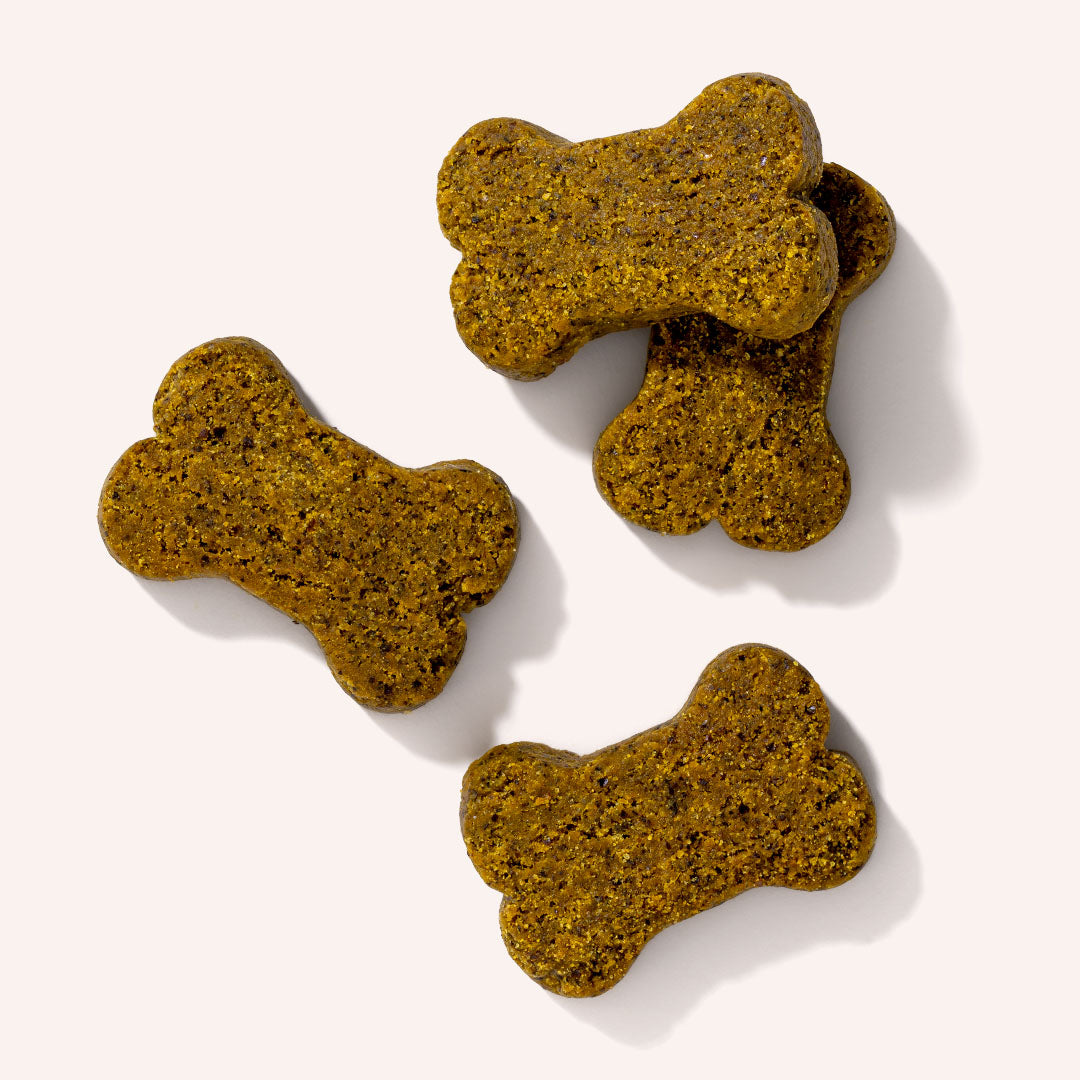

Leave a comment
All comments are moderated before being published.
This site is protected by hCaptcha and the hCaptcha Privacy Policy and Terms of Service apply.